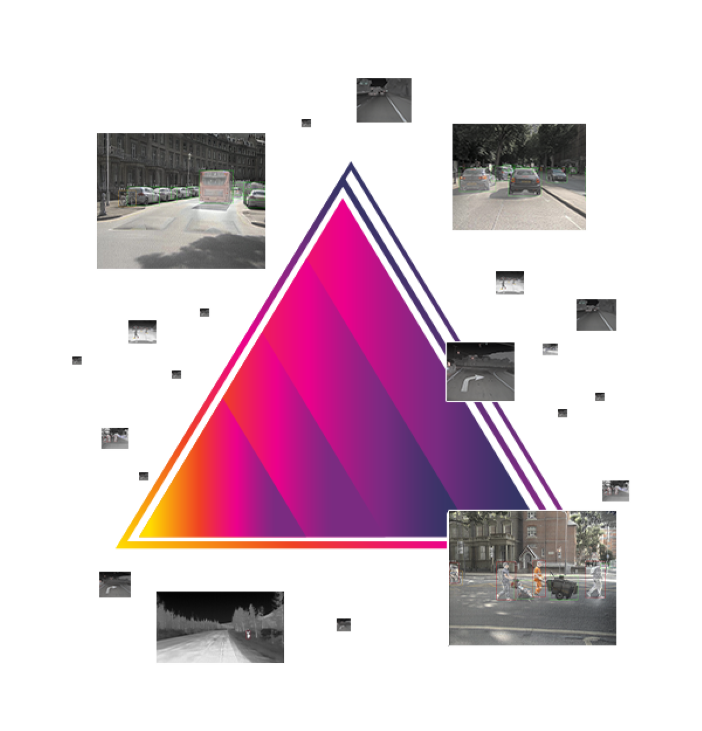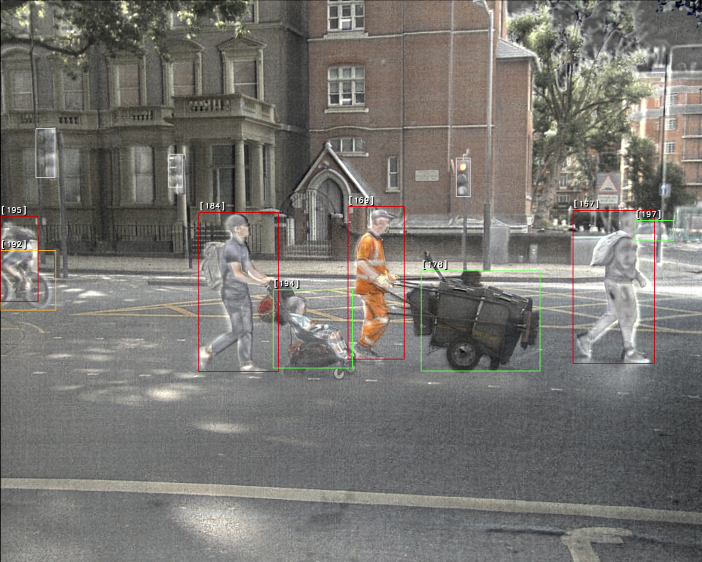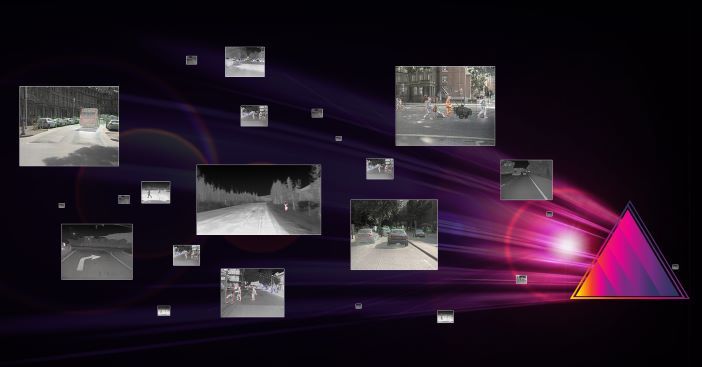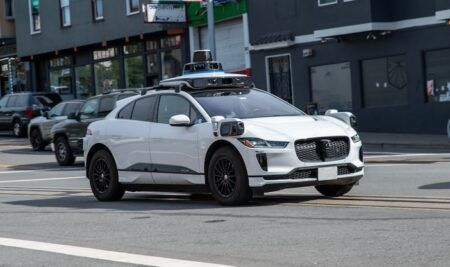Teledyne FLIR, part of Teledyne Technologies Inc, has released Prism AI, a software framework that provides classification, object detection, and object tracking, enabling perception engineers to quickly start integrating thermal cameras for advanced driver assistance systems (ADAS) and autonomous vehicle (AV) systems.
Built for automotive perception system developers, Prism includes features such as visible-and-thermal image fusion and advanced thermal image processing capabilities for pedestrian and animal detection in challenging lighting conditions. This feature is especially effective at night, which is when more than 79% of pedestrian deaths occurred in 2020.

“The Prism AI software model has performed successfully in third-party, NCAP automatic emergency braking (AEB) tests and will now help perception engineers create more effective systems,” says Michael Walters, vice president product management at Teledyne FLIR. “Combining the Prism AI development tools, plugins, and dataset development offers integrators a route to quickly test and decrease development cost for thermal-enabled ADAS or AV that will help save lives.”
Developers can use Prism AI as the primary perception software or as reference software during in-house development. A suite of Prism AI tools provides simplified data integration with the recently released Teledyne FLIR Conservator data lifecycle management software as well as the industry’s largest thermal-and-visible training dataset. Compatible with Teledyne FLIR thermal cameras including Boson, Tau 2, and the FLIR ADK, Prism AI also includes production-required features including authentication between the thermal camera and the electronic control unit, further simplifying development.

In the US, preliminary data for the first half of 2021 from the Governors Highway Safety Association estimated a 17% increase in pedestrian fatalities compared to the previous year and a 46% jump from 2011. Teledyne FLIR says that thermal-enhanced ADAS and AV systems can play a crucial role in driving down the number of pedestrian traffic fatalities and will aid automotive OEMs to meet upcoming regulatory testing procedures that include nighttime pedestrian front crash prevention.
Images: FLIR.
Image 3 caption: Blended thermal-visible light images.





